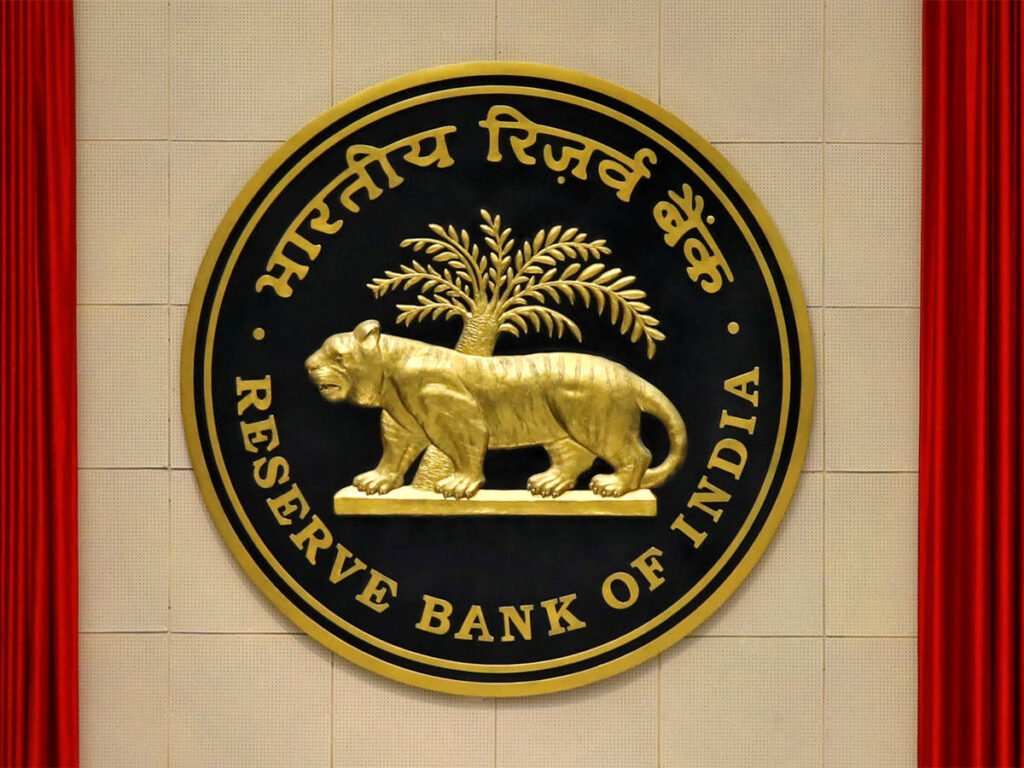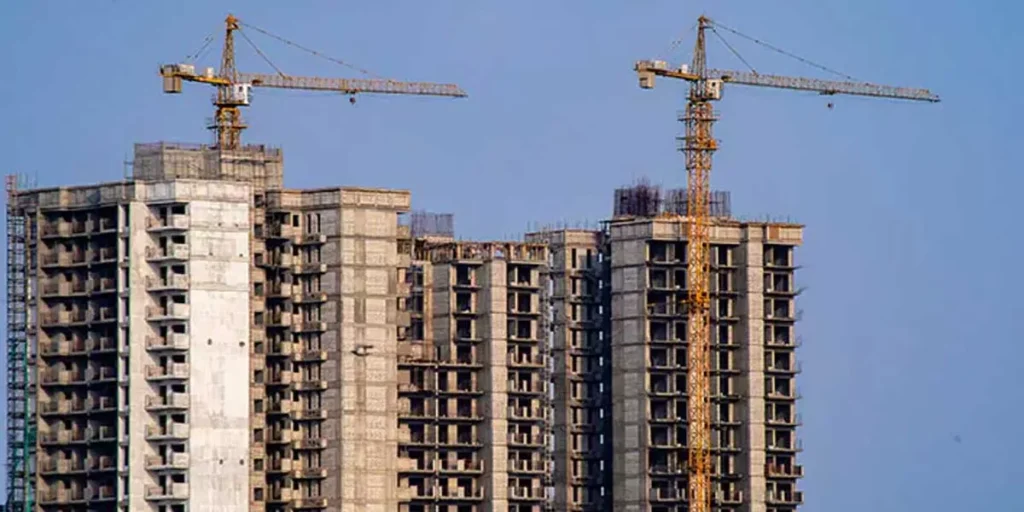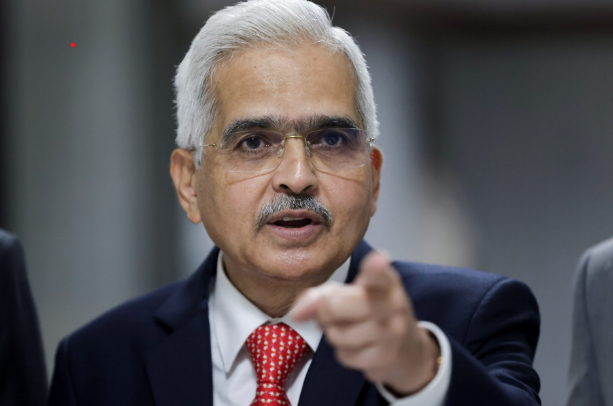India’s Rainy Season Brings Relief: Higher Rainfall Could Slash Inflation and Spark Home Buying Boom

India has experienced a notable 8 percent increase in overall rainfall compared to the long-term average, as reported until September 13. This significant uptick has contributed to a cooling in average retail prices of essential goods like vegetables and milk. The cumulative weekly rainfall has been 14 percent above average, indicating robust monsoon performance.
Impact on Inflation and RBI’s Repo Rate Decision
With the monsoon season winding down and sowing nearly completed, the focus is shifting towards harvesting. As per experts, the increased rainfall is expected to positively affect inflation rates. Lower inflation could prompt the Reserve Bank of India (RBI) to reconsider its long-standing stance on the repo rate, which has remained unchanged since February 2023 across nine consecutive monetary policy meetings.
Potential Boost for Real Estate Market
A reduction in the repo rate would lower interest rates, easing the financial burden on home loan borrowers. This could invigorate the real estate market, especially during the festive season, by enhancing the affordability of home loans. Consequently, a surge in home purchases may follow, driven by stronger market sentiments and increased consumer confidence.
Current Agricultural and Reservoir Conditions
The current agricultural scenario is promising with a total area under sowing of 109.2 million hectares, showing a 2 percent increase year-on-year. Sowing for major crops, including rice, pulses, coarse cereals, and oilseeds, is on track. Furthermore, reservoir levels are reported to be above both the long-term average and last year’s figures, contributing to the overall positive outlook for inflation and economic stability.
Experts suggest that the trajectory of this year’s monsoon aligns with meteorological forecasts, setting a favorable stage for the economic impacts anticipated in the coming months.

 English
English 

























































































































































































































































































































































































